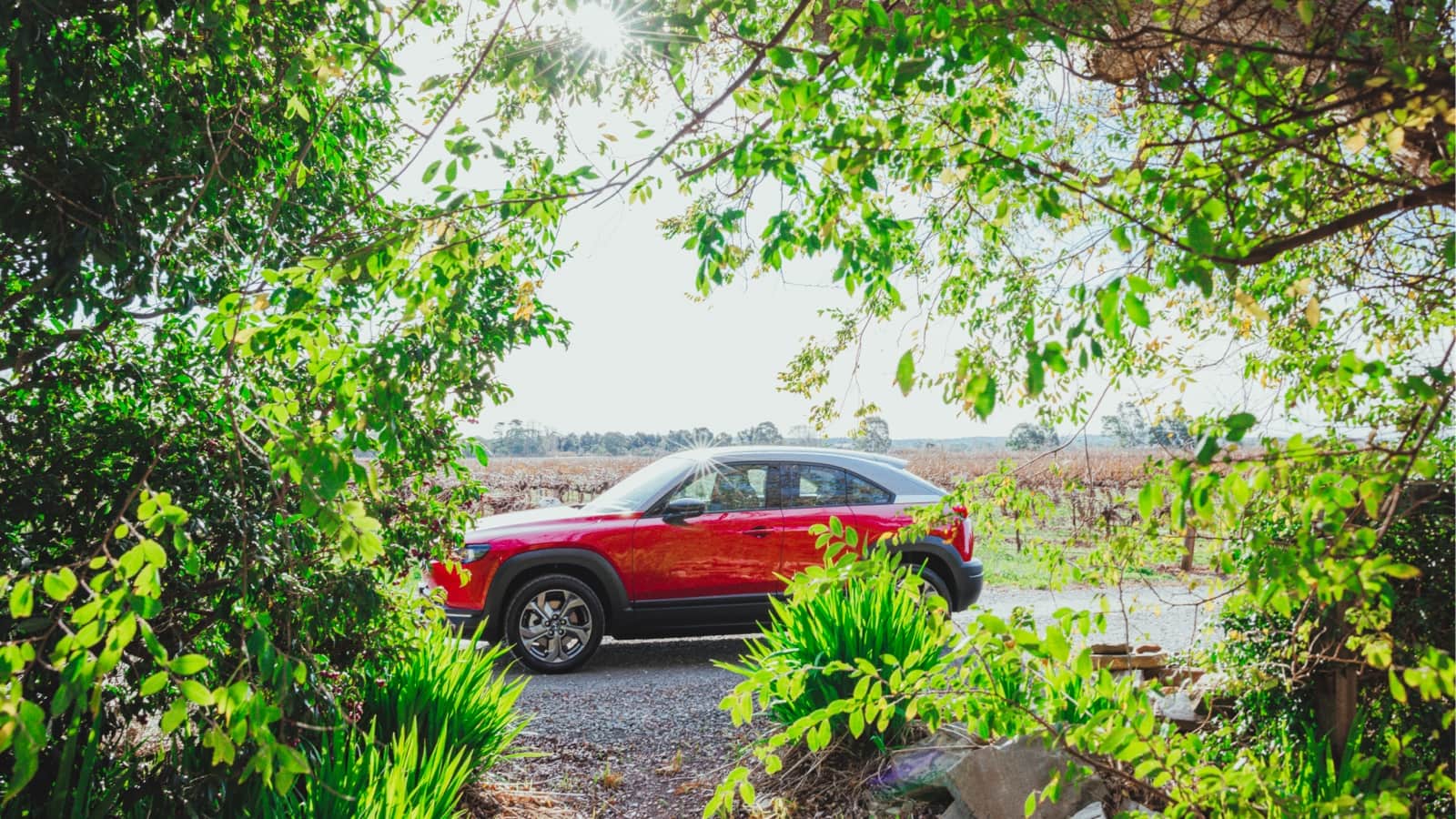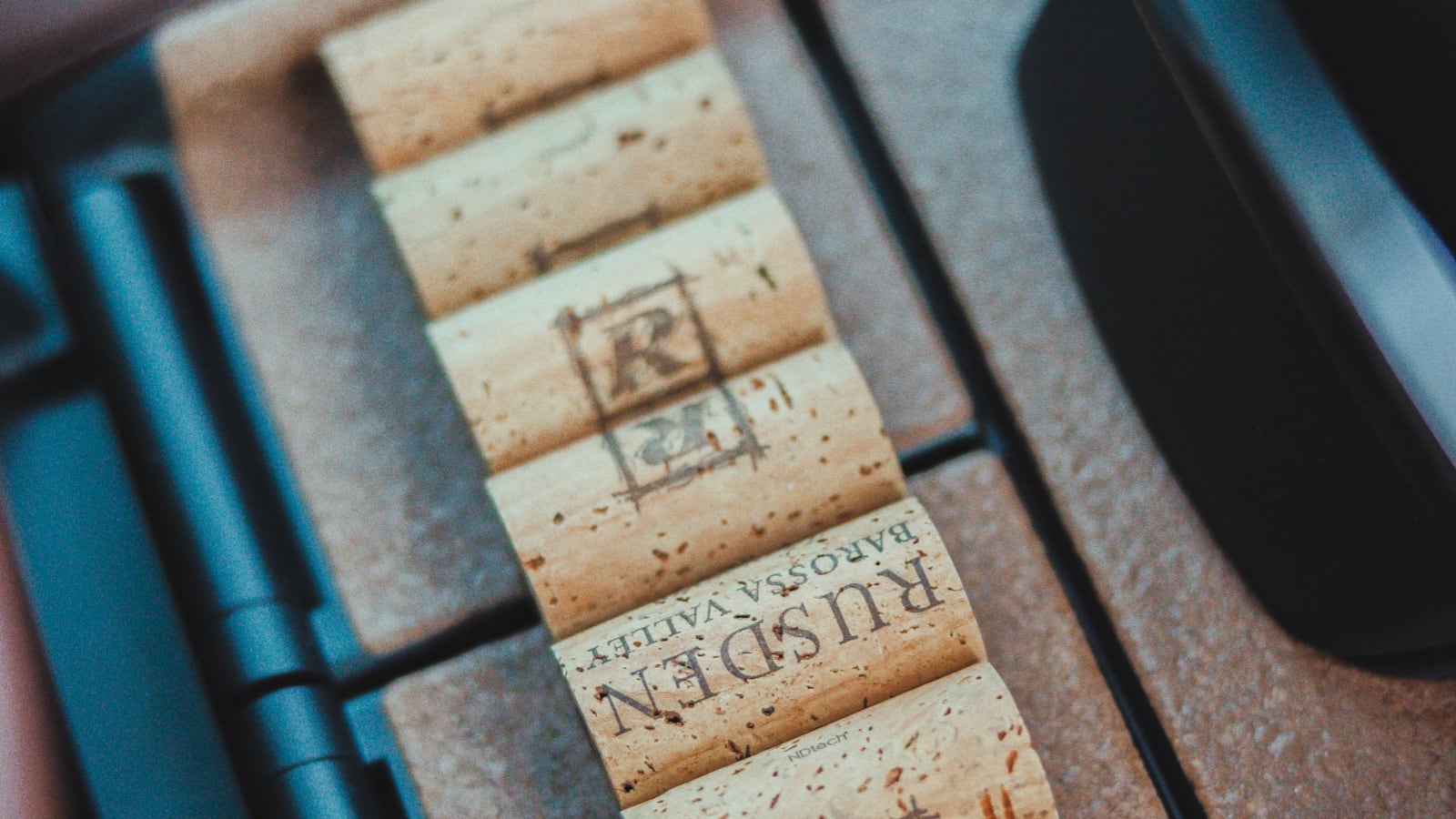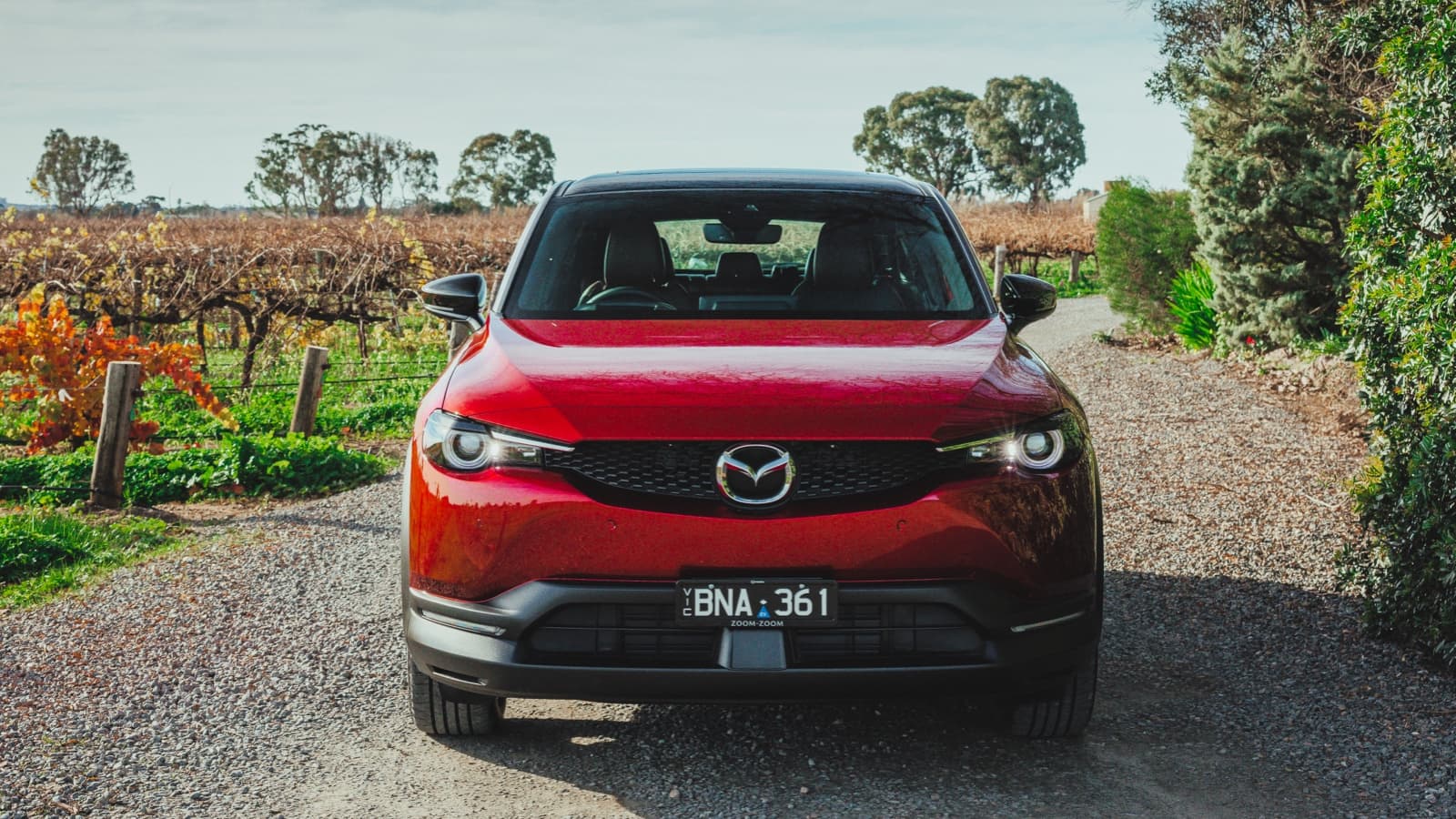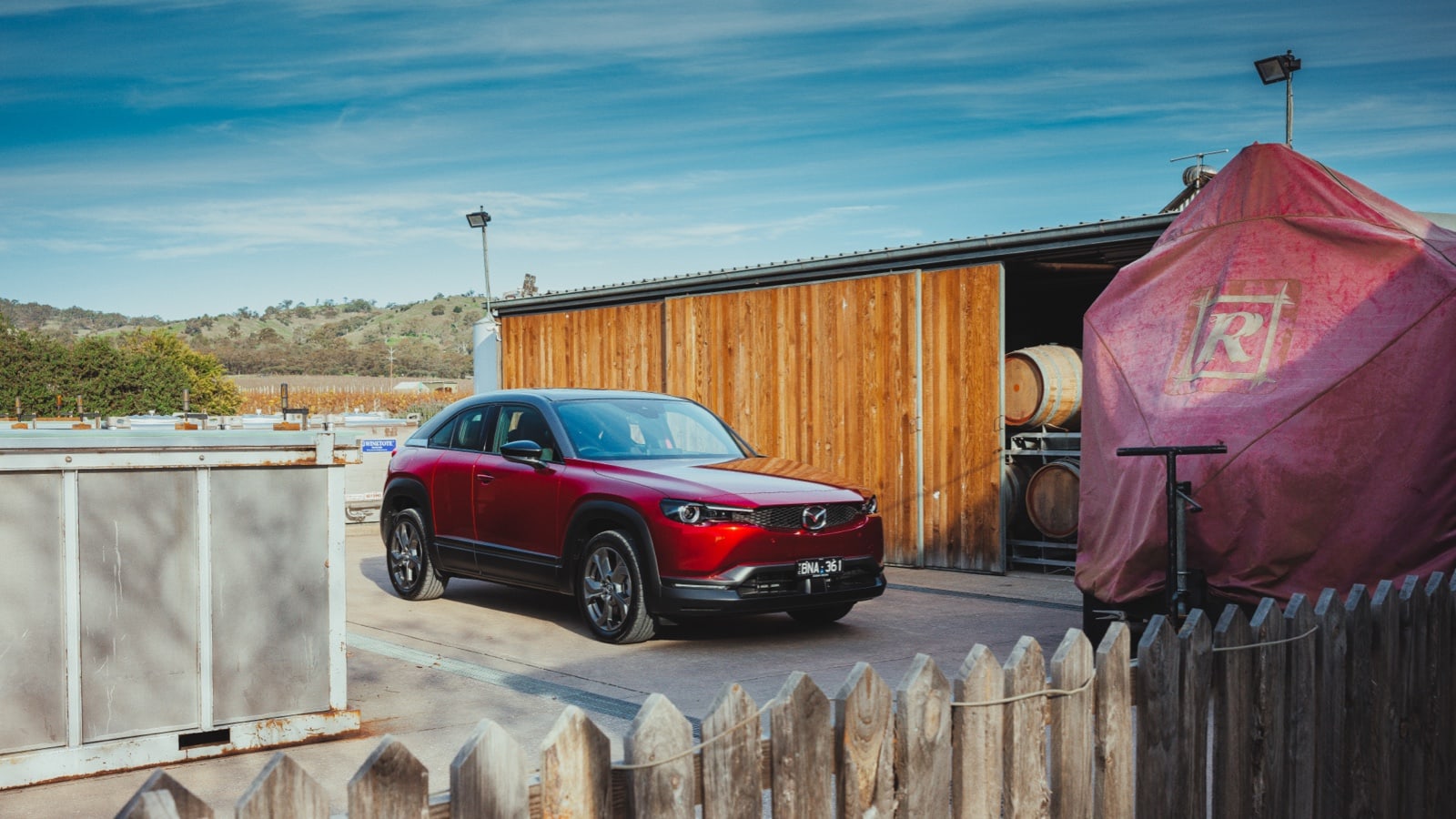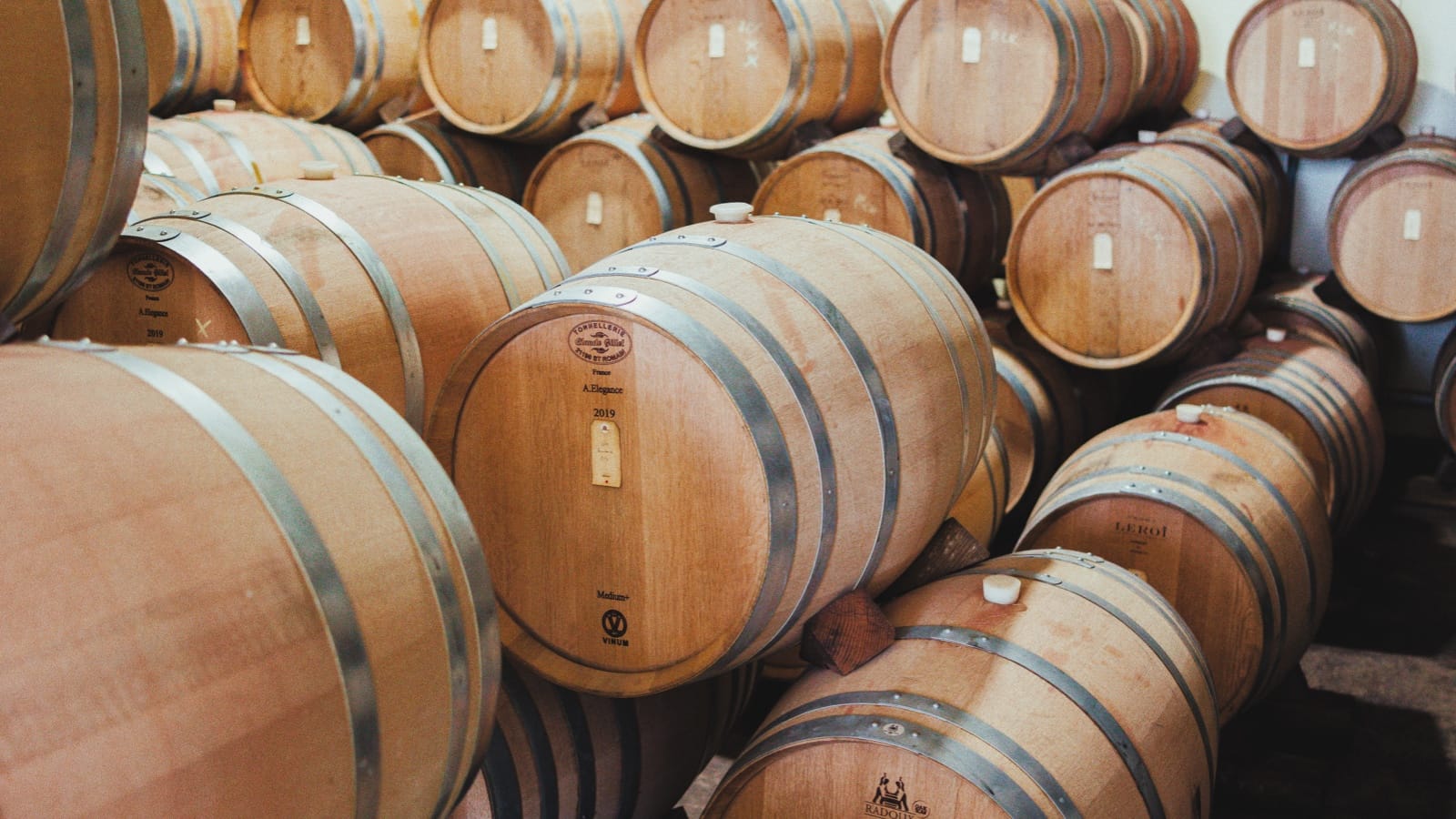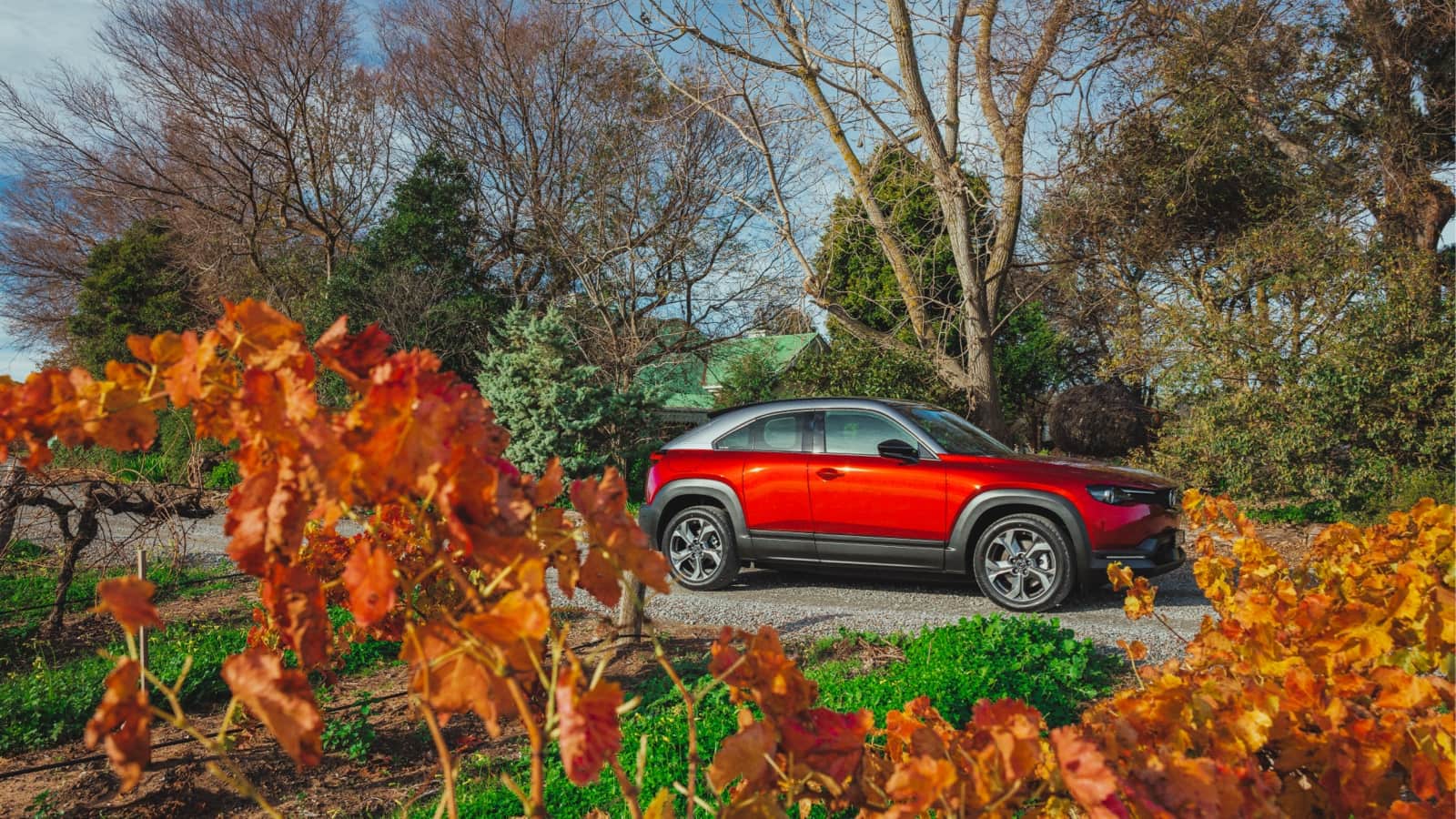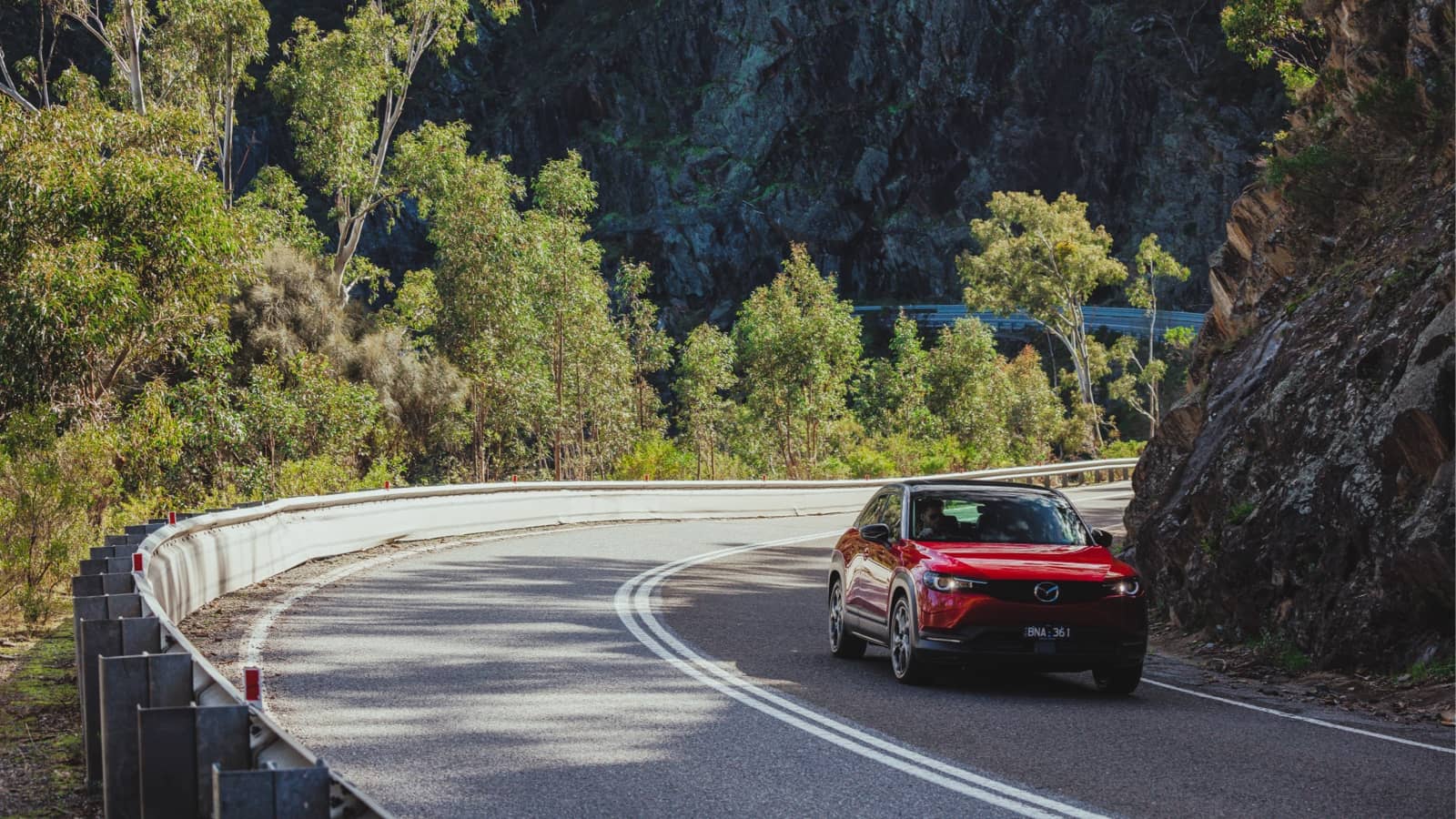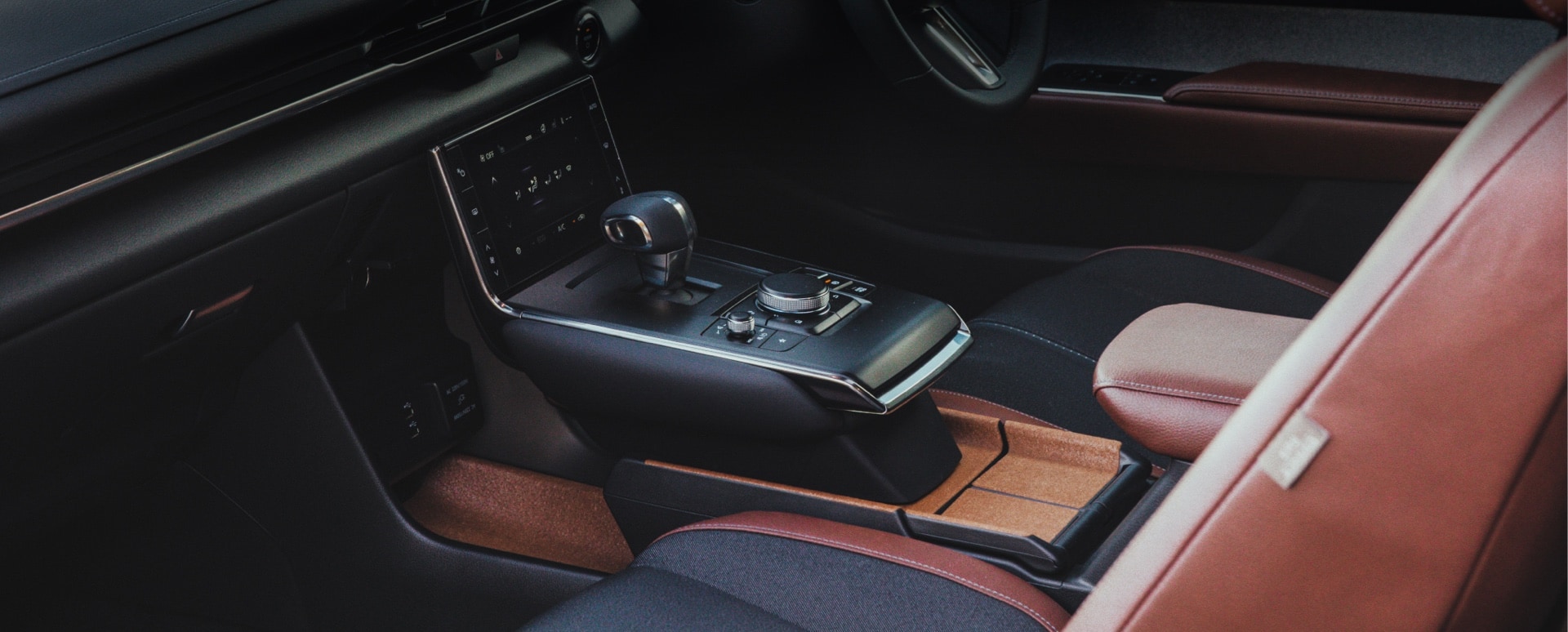
The Return of Cork in the Mazda MX-30

The Return of Cork in the Mazda MX-30
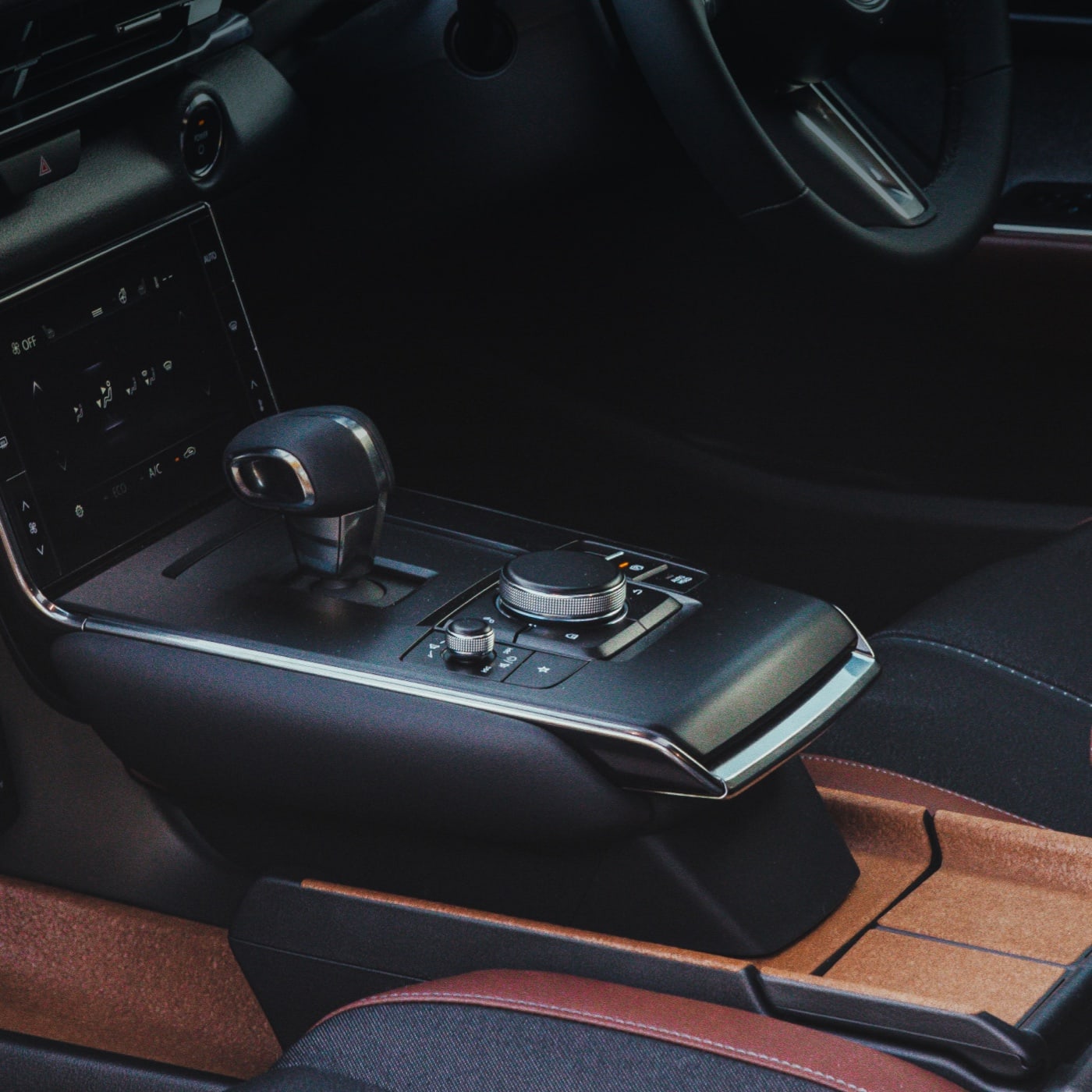
The Return of Cork in the Mazda MX-30

The Return of Cork in the Mazda MX-30
If you were dropped, blindfolded, into a car, you’d find the whole experience entirely familiar, using your sense of touch alone - unless you tried to drive.
But if you were in the new Mazda MX-30 - the company’s first fully electric vehicle and one that really would please your eyes if you weren’t blindfolded - you’d get a sensory shock.
While cool plastic and soft leather feel familiar in a car cabin, the MX-30’s striking floating centre console is made out of something entirely different - cork. Not only does it look striking, but it feels warm and special to the touch, in the way that only natural materials can.
Cork is making a comeback, you see, and that word, “natural”, is the key. It's a sustainable, eco-friendly option that’s not only part of the electric Mazda’s interior (alongside Maztex vegan leather upholstery and door cards made from recycled PET bottles), but is increasingly making a return to its most famous role, as the stopper in wine (and more regularly champagne) bottles.
Those of us of a certain age remember a time when the only wines that didn’t have corks in them were those in cardboard casks, but the late 1990s saw a drastic decline in demand for cork in favour of Stelvin screw caps, which are cheaper and, crucially, never taint (or ‘cork’) the wine.
Today, however, with strong demand for traditional methods from export markets like the US, and China, and a global focus on the use of more sustainable materials, many are looking to the past to fix the future.
Yes, corks - those things we used to hang off our hats to annoy blow flies, back before Australia discovered ideas like style and global respect - are making a comeback in the wine industry, at least among wineries that care about a sustainable future. And, considering the fact that the grapes that sustain their business are hugely weather dependent, one day that will be all of them.
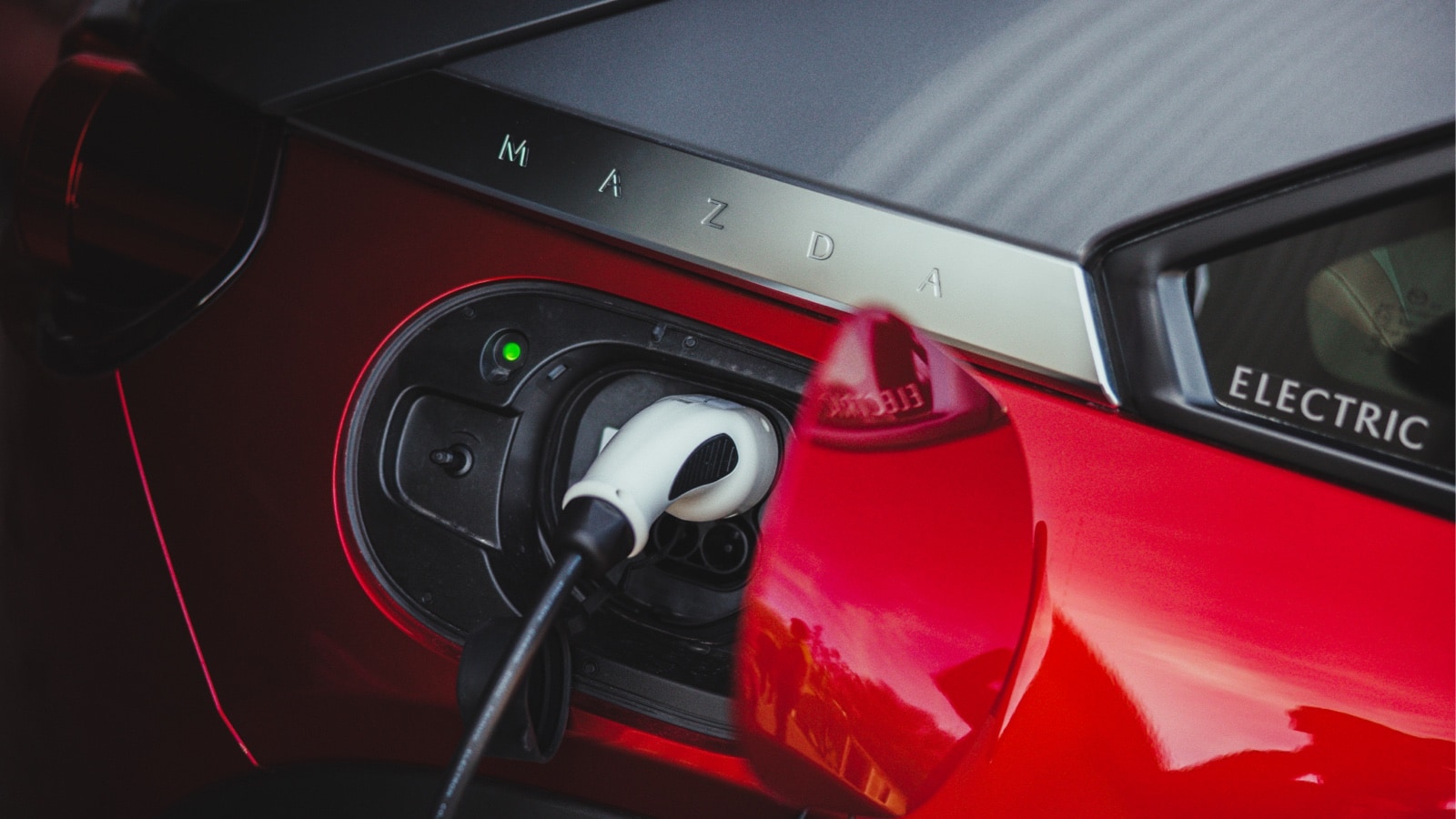
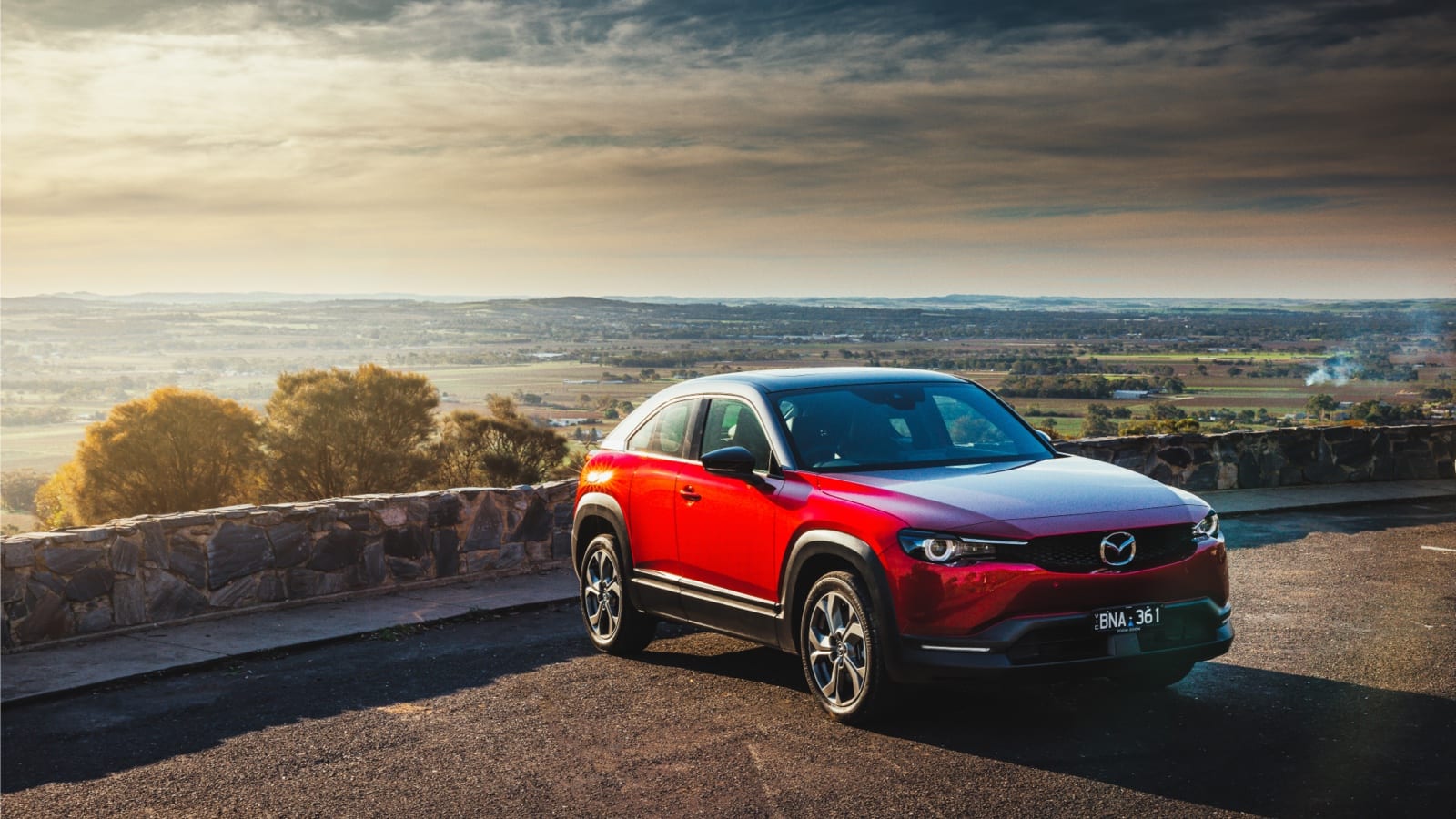
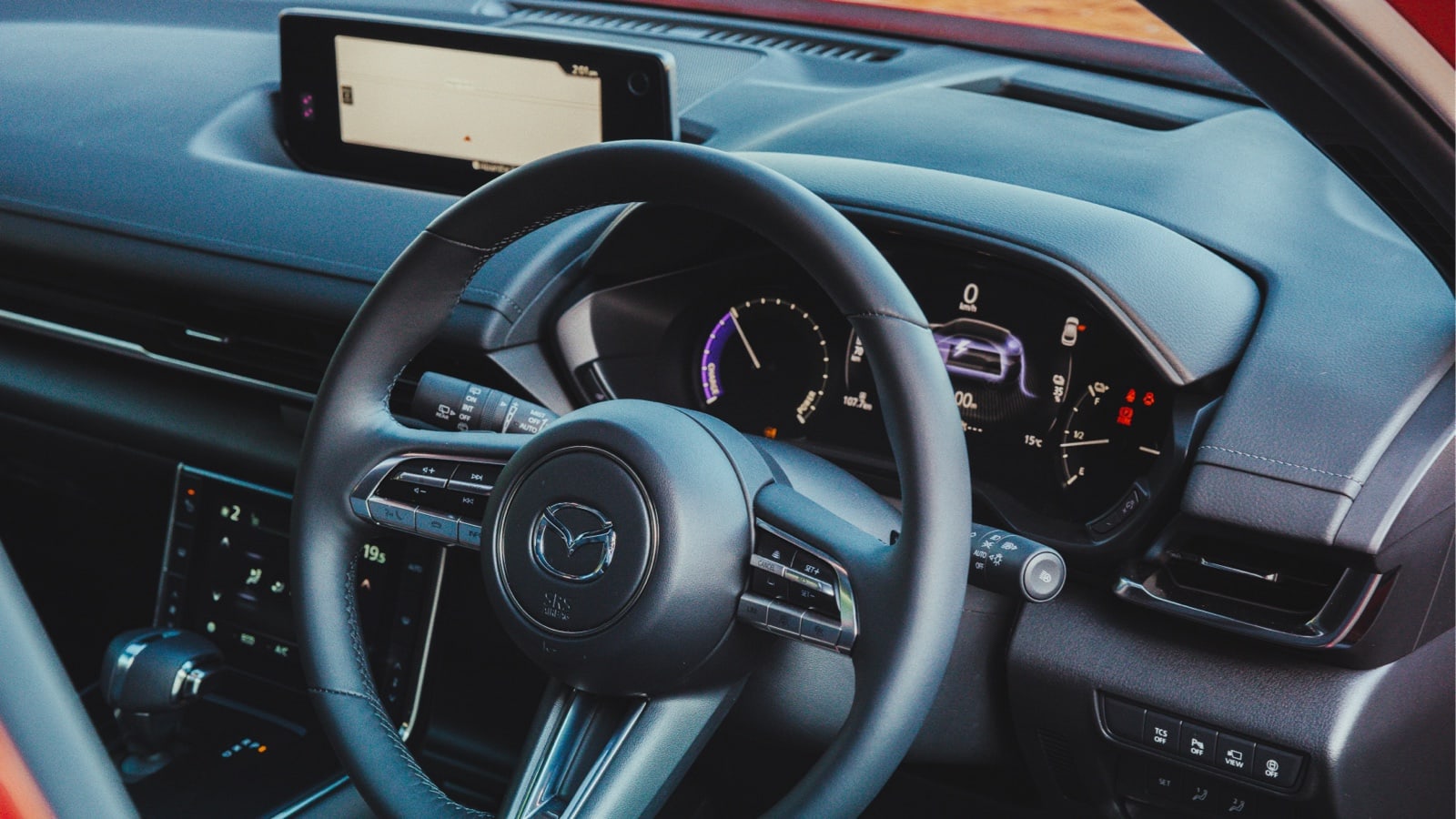
Cork's big comeback
Ben Trelease from Amorim Australasia, the Aussie distributor of the world’s largest cork manufacturer, points out that a cork stuck in the top of a wine bottle retains enough CO2 to offset the production of the glass bottle itself, very handy for wineries aiming for carbon neutrality.
“We’re really seeing a trend, especially with the younger winemakers, the independents who are not so interested in selling to the big retailers, who do a lot of their marketing through social media and sell direct to restaurants, they’re using cork on everything,” says Ben.
While the cost (70c to $1 per cork, or around 20c for a Stelvin lid) means this usage is typically limited to premium wines, the other downside of corks - the potential for tainting - is no longer an issue.
Thanks to innovative screening technology, Amorim now offers the world’s first natural corks with a non-detectable TCA (trichloroanisole, which is the chemical compound responsible for cork taint) guarantee. Known as NDTech, these corks put an end to the dinner-party ruining disaster that is a corked wine.
It’s not something you’ve heard talked about at your local bottle shop, but it’s a game-changer for wineries looking to do things the traditional way; like Rusden Wines in the world-famous Barossa Valley, just a few wonderfully windy roads away from Adelaide.
It seemed like the perfect opportunity to take the MX-30 on a cork-based adventure.
While you initially expect an EV to feel very different from its brethren, in the MX-30 you can truly feel the Mazda DNA.
With an intelligently tuned 'motor pedal' that responds naturally to gradual or rapid driver inputs to deliver torque, the driving experience feels natural and progressive.
The typically sharp Mazda steering and superlative ride quality are also present and accounted for, and the experience is only made better by its low centre of gravity (EVs, with their batteries under the floor, are good like that).
Add in a tight chassis, and there’s plenty for a driver to enjoy as we tackle the tight, tree-lined roads of the Adelaide Hills on our way through Kersbrook, Williamstown, and leafy Lyndoch on the way to Vine Vale – the Barossa’s smallest appellation, just outside Tanunda – where Rusden is located.
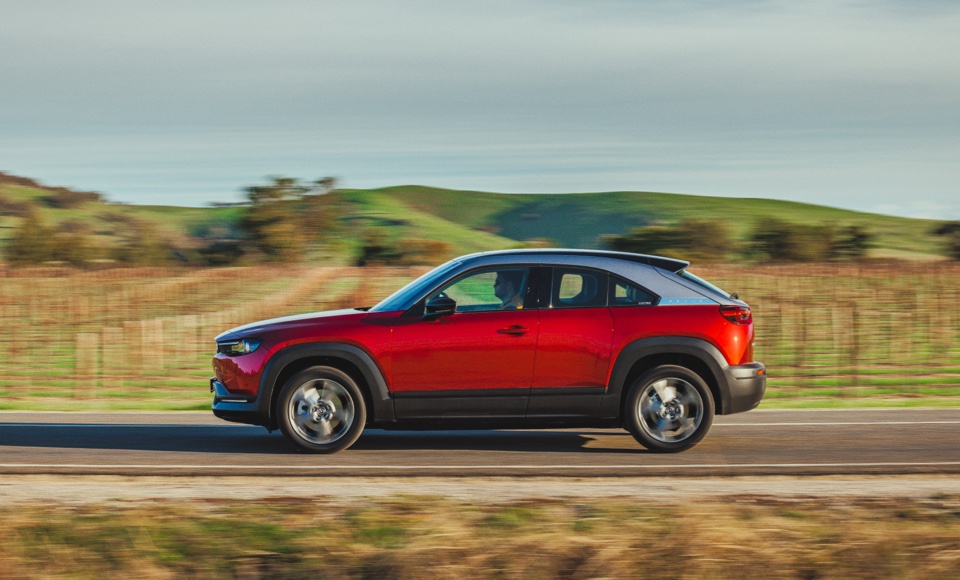

Bringing the cork (and the MX-30) Back to the wine country
Sat on 40 acres of sandy soil bought by Christine and Dennis Canute in 1979, today it is run by their son, Christian, who became its Winemaker in 1997, after stints at other wineries locally and overseas.
Having primarily trained at nearby Rockford Wines – where the approach was so traditional that “if you rode a horse to work, you’d have actually believed you were in the 1800s” – the more traditional winemaking methods had always fascinated Christian, leading him to spend time in places such as France, exploring the properly old ways of doing things.
“All the best wines I’ve ever had were under cork,” says Christian, who, after making the move to Stelvin lids was dissatisfied with the results and made a big push back to cork in the 2000s.
Rusden’s grapes are allowed to open ferment, to develop resilience to oxygen, allowing the wine to age better. Plus, with the limited access to oxygen a cork allows, it helps continue the process of ageing once the wine is in the bottle.
Having used NDTech corks for four vintages, Sales and Marketing Manager Craig Phillips admits it’s been a costly exercise, at $1.50 per bottle, but it’s one that benefits the end product. In the past, Rusden found its traditionally sealed wines would be corked at a rate of around one bottle in every three dozen. Now, it’s none.
Christian is highly enthused about the NDTech stoppers, colourfully describing them as “[expletive deleted] awesome”.
The move back to cork does shock some customers – Rusden has started handing out branded corkscrews at its cellar door – but it’s an important part of how things are done at a winery that wants to be known for both a traditional and sustainable approach.
“It’s just the right thing to do, and it’s the right thing to do for the wines,” says Christian.
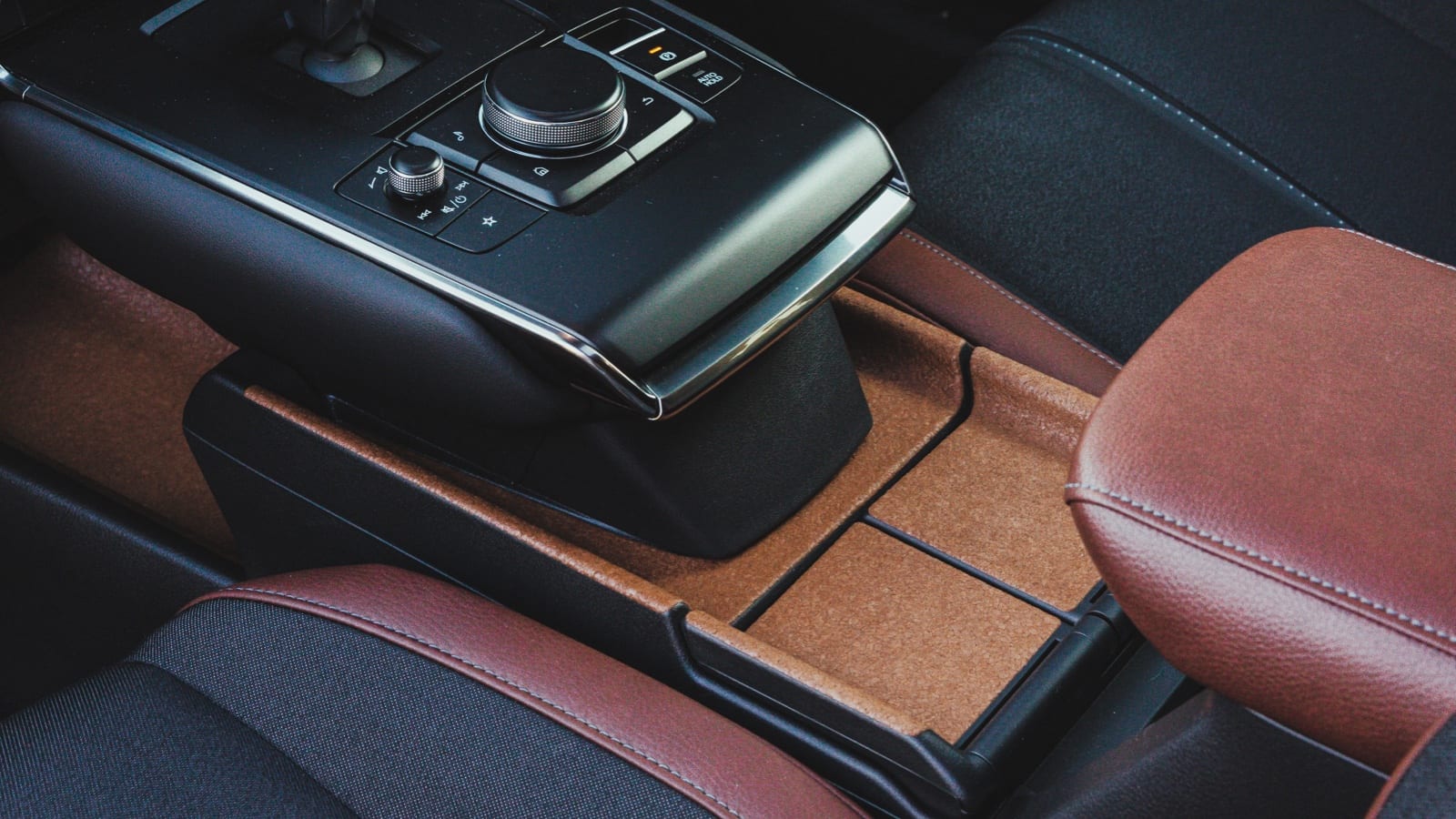
Mazda MX-30 floating cork console
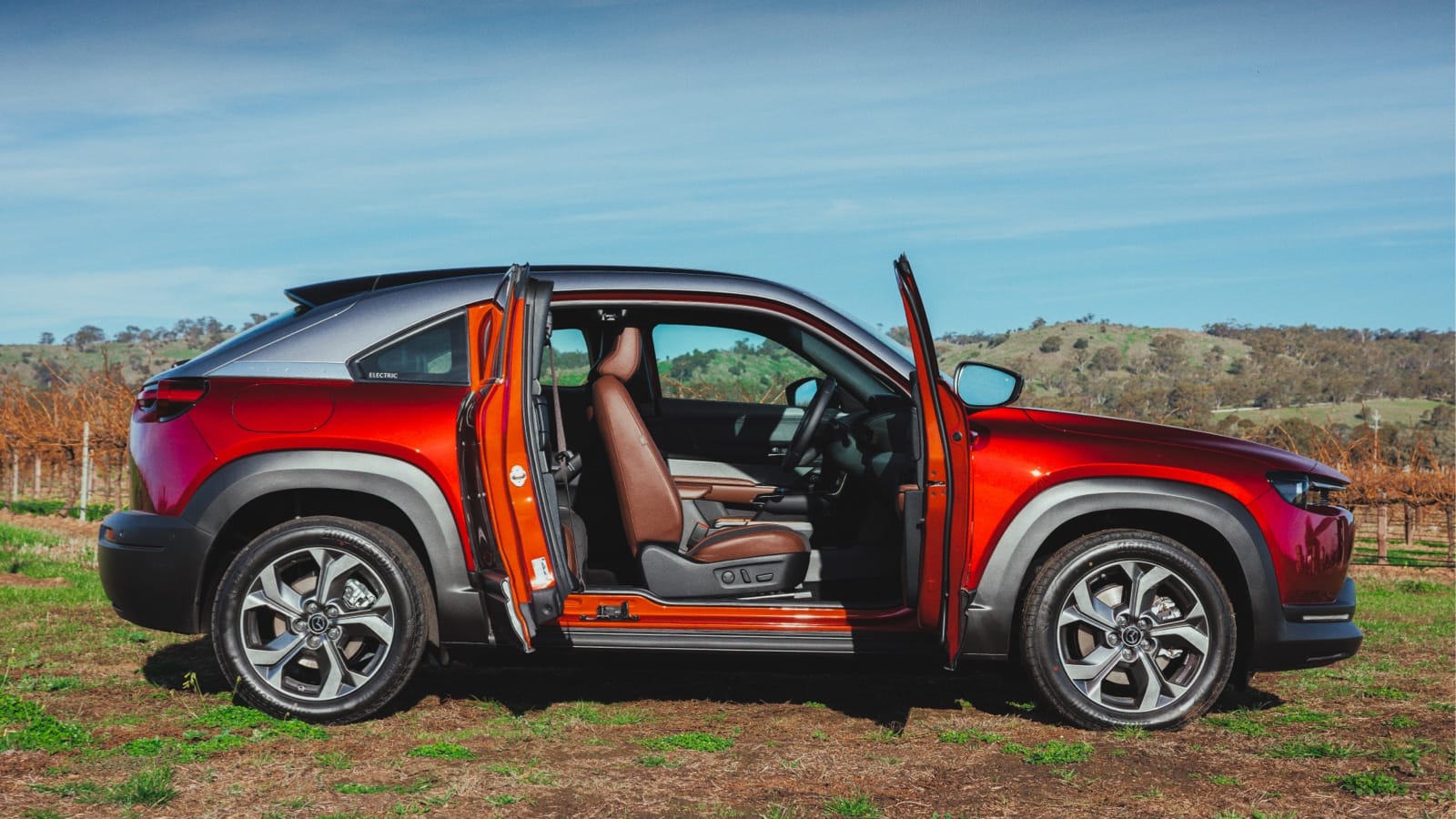
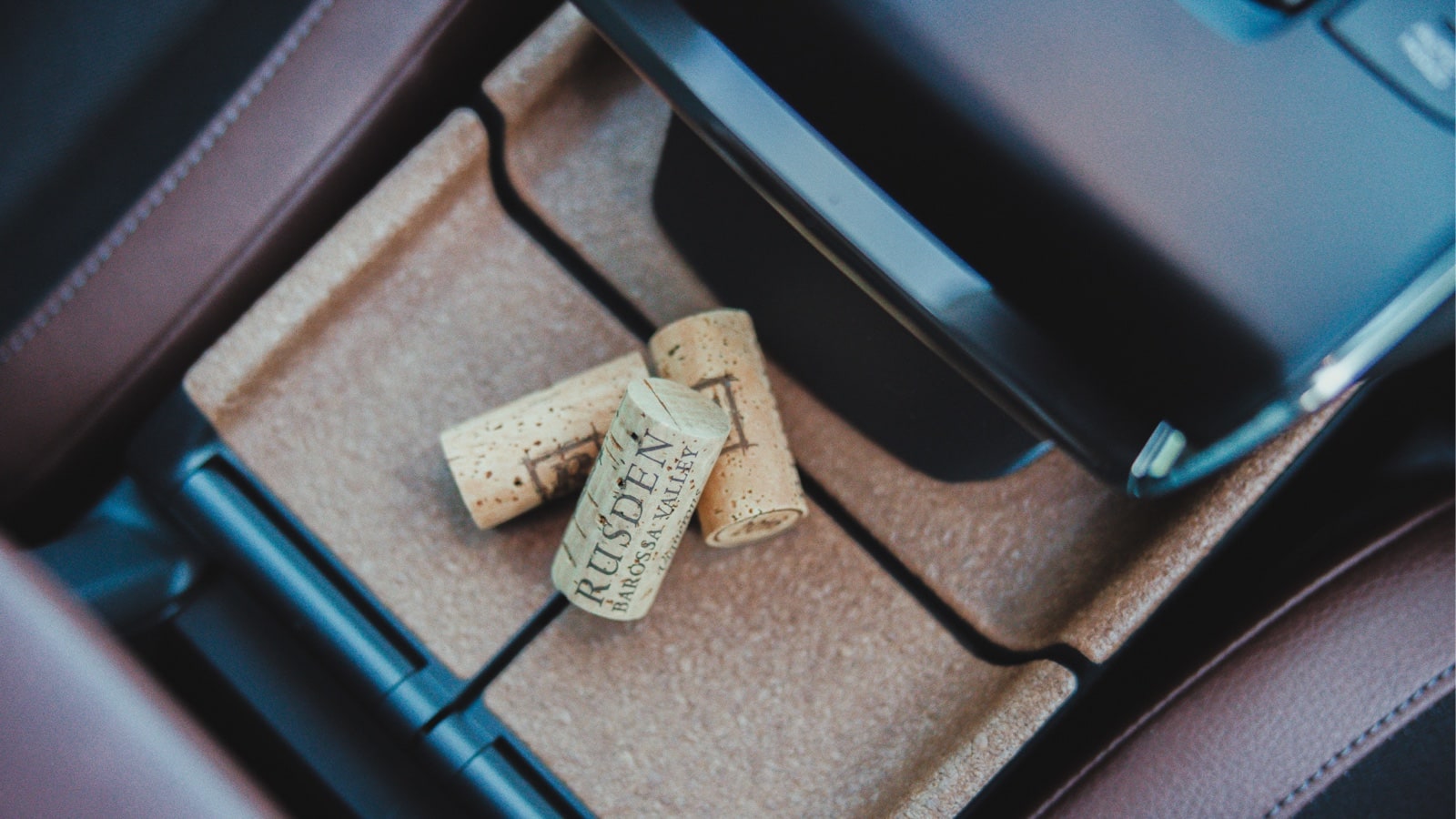
History and future in one
Mazda has more than a bit of history with cork, too, although it’s not widely known. The company was originally founded as Toyo Cork Kogyo in 1920, which, as you might have guessed, was a cork manufacturer. It wasn’t until 1931 that it began producing the vehicles that spawned the Mazda name we know today.
In a nice touch of tradition, the cork interior material for the MX-30 was developed with suppliers associated with the original business over a century ago.
The panels are made from the bark of the cork oak tree and measures are in place to ensure that the source is not over-harvested. A nine-year growing cycle ensures the trees, largely located in Portugal and Spain — countries with a long and proud history in producing cork for the world’s wine bottles — can live for around 200 years, while producing 18 harvests.
Sustainability, clearly, is what using cork in the MX-30 is all about.
As someone who loves the texture of cork, Rusden’s Craig Phillips was blown away by the MX-30’s floating cork console, while Christian, who even has a few Mazdas in the family garage, proclaimed it “better than any wood-grain.”
They also offered to plug us in for a recharge, although we were only part way through our MX-30’s 220km of range, but we set off in search of a 50kW fast charger instead, which will refill the MX-30's battery from 20 to 80 percent in just 36 minutes – perfect for getting you back on your way after a quick coffee break.
After all we’d learned about cork, and its various uses, it was time to park the silent and smooth-running Mazda and road test some Rusden wines instead, just to be sure they’re right about this whole cork thing.
If you were dropped, blindfolded, into a car, you’d find the whole experience entirely familiar, using your sense of touch alone - unless you tried to drive.
But if you were in the new Mazda MX-30 - the company’s first fully electric vehicle and one that really would please your eyes if you weren’t blindfolded - you’d get a sensory shock.
While cool plastic and soft leather feel familiar in a car cabin, the MX-30’s striking floating centre console is made out of something entirely different - cork. Not only does it look striking, but it feels warm and special to the touch, in the way that only natural materials can.
Cork is making a comeback, you see, and that word, “natural”, is the key. It's a sustainable, eco-friendly option that’s not only part of the electric Mazda’s interior (alongside Maztex vegan leather upholstery and door cards made from recycled PET bottles), but is increasingly making a return to its most famous role, as the stopper in wine (and more regularly champagne) bottles.
Those of us of a certain age remember a time when the only wines that didn’t have corks in them were those in cardboard casks, but the late 1990s saw a drastic decline in demand for cork in favour of Stelvin screw caps, which are cheaper and, crucially, never taint (or ‘cork’) the wine.
Today, however, with strong demand for traditional methods from export markets like the US, and China, and a global focus on the use of more sustainable materials, many are looking to the past to fix the future.
Yes, corks - those things we used to hang off our hats to annoy blow flies, back before Australia discovered ideas like style and global respect - are making a comeback in the wine industry, at least among wineries that care about a sustainable future. And, considering the fact that the grapes that sustain their business are hugely weather dependent, one day that will be all of them.



Cork's big comeback
Ben Trelease from Amorim Australasia, the Aussie distributor of the world’s largest cork manufacturer, points out that a cork stuck in the top of a wine bottle retains enough CO2 to offset the production of the glass bottle itself, very handy for wineries aiming for carbon neutrality.
“We’re really seeing a trend, especially with the younger winemakers, the independents who are not so interested in selling to the big retailers, who do a lot of their marketing through social media and sell direct to restaurants, they’re using cork on everything,” says Ben.
While the cost (70c to $1 per cork, or around 20c for a Stelvin lid) means this usage is typically limited to premium wines, the other downside of corks - the potential for tainting - is no longer an issue.
Thanks to innovative screening technology, Amorim now offers the world’s first natural corks with a non-detectable TCA (trichloroanisole, which is the chemical compound responsible for cork taint) guarantee. Known as NDTech, these corks put an end to the dinner-party ruining disaster that is a corked wine.
It’s not something you’ve heard talked about at your local bottle shop, but it’s a game-changer for wineries looking to do things the traditional way; like Rusden Wines in the world-famous Barossa Valley, just a few wonderfully windy roads away from Adelaide.
It seemed like the perfect opportunity to take the MX-30 on a cork-based adventure.
While you initially expect an EV to feel very different from its brethren, in the MX-30 you can truly feel the Mazda DNA.
With an intelligently tuned 'motor pedal' that responds naturally to gradual or rapid driver inputs to deliver torque, the driving experience feels natural and progressive.
The typically sharp Mazda steering and superlative ride quality are also present and accounted for, and the experience is only made better by its low centre of gravity (EVs, with their batteries under the floor, are good like that).
Add in a tight chassis, and there’s plenty for a driver to enjoy as we tackle the tight, tree-lined roads of the Adelaide Hills on our way through Kersbrook, Williamstown, and leafy Lyndoch on the way to Vine Vale – the Barossa’s smallest appellation, just outside Tanunda – where Rusden is located.

Bringing the cork (and the MX-30) Back to the wine country
Sat on 40 acres of sandy soil bought by Christine and Dennis Canute in 1979, today it is run by their son, Christian, who became its Winemaker in 1997, after stints at other wineries locally and overseas.
Having primarily trained at nearby Rockford Wines – where the approach was so traditional that “if you rode a horse to work, you’d have actually believed you were in the 1800s” – the more traditional winemaking methods had always fascinated Christian, leading him to spend time in places such as France, exploring the properly old ways of doing things.
“All the best wines I’ve ever had were under cork,” says Christian, who, after making the move to Stelvin lids was dissatisfied with the results and made a big push back to cork in the 2000s.
Rusden’s grapes are allowed to open ferment, to develop resilience to oxygen, allowing the wine to age better. Plus, with the limited access to oxygen a cork allows, it helps continue the process of ageing once the wine is in the bottle.
Having used NDTech corks for four vintages, Sales and Marketing Manager Craig Phillips admits it’s been a costly exercise, at $1.50 per bottle, but it’s one that benefits the end product. In the past, Rusden found its traditionally sealed wines would be corked at a rate of around one bottle in every three dozen. Now, it’s none.
Christian is highly enthused about the NDTech stoppers, colourfully describing them as “[expletive deleted] awesome”.
The move back to cork does shock some customers – Rusden has started handing out branded corkscrews at its cellar door – but it’s an important part of how things are done at a winery that wants to be known for both a traditional and sustainable approach.
“It’s just the right thing to do, and it’s the right thing to do for the wines,” says Christian.



History and future in one
Mazda has more than a bit of history with cork, too, although it’s not widely known. The company was originally founded as Toyo Cork Kogyo in 1920, which, as you might have guessed, was a cork manufacturer. It wasn’t until 1931 that it began producing the vehicles that spawned the Mazda name we know today.
In a nice touch of tradition, the cork interior material for the MX-30 was developed with suppliers associated with the original business over a century ago.
The panels are made from the bark of the cork oak tree and measures are in place to ensure that the source is not over-harvested. A nine-year growing cycle ensures the trees, largely located in Portugal and Spain — countries with a long and proud history in producing cork for the world’s wine bottles — can live for around 200 years, while producing 18 harvests.
Sustainability, clearly, is what using cork in the MX-30 is all about.
As someone who loves the texture of cork, Rusden’s Craig Phillips was blown away by the MX-30’s floating cork console, while Christian, who even has a few Mazdas in the family garage, proclaimed it “better than any wood-grain.”
They also offered to plug us in for a recharge, although we were only part way through our MX-30’s 220km of range, but we set off in search of a 50kW fast charger instead, which will refill the MX-30's battery from 20 to 80 percent in just 36 minutes – perfect for getting you back on your way after a quick coffee break.
After all we’d learned about cork, and its various uses, it was time to park the silent and smooth-running Mazda and road test some Rusden wines instead, just to be sure they’re right about this whole cork thing.
